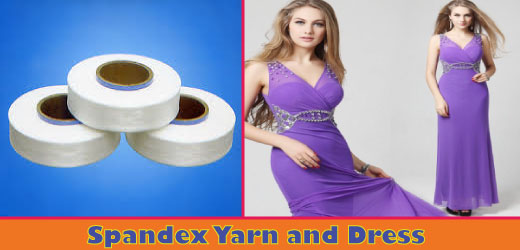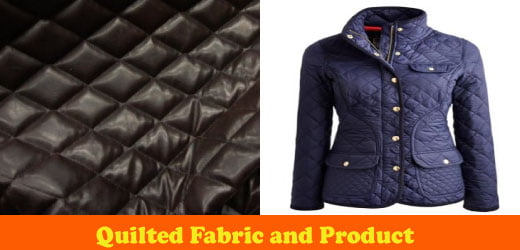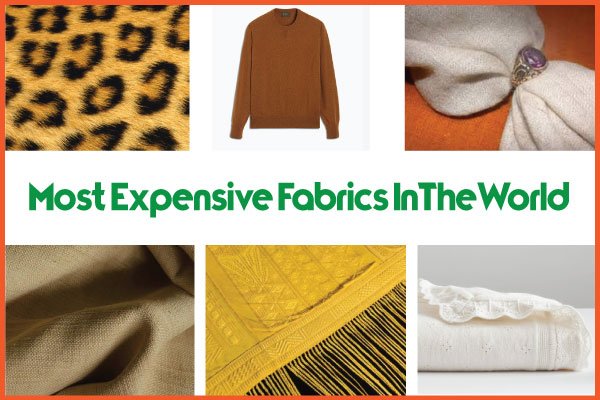Properties of Spandex Fabrics
Last updated on July 14th, 2023 at 11:19 pm
Fabrics are never made entirely of spandex fibre. As has been indicated, these yarns are frequently made in combination with other fibres. These yarns are generally incorporated with other yarns in fabrics. When bare spandex yarns are used, they are always utilized in conjunction with other yarns in fabrics. The form, amount, and other arrangement of these yarns used in fabrics depend upon the type and construction of the garment, the fabric weight, and the amount of stretch and holding power desired. In fact, the primary purpose of using spandex is to obtain elasticity with holding power.
Key Properties of Spandex Fabrics
Spandex, also known as elastane or Lycra, is a synthetic fiber known for its exceptional elasticity and stretchability. It is widely used in the textile industry for making various garments and apparel. Here are some fundamental properties of spandex fabrics:
- Strength
- Elasticity
- Cleanliness and Washability
- Effect of Bleaches
- Effect of Sea Water
- Shrinkage and Growth
- Effect of Heat
- Effect of Light
- Resistance to Mildew
- Resistance to Insects
- Reaction to Alkalies
- Reaction to Acids
- Affinity for Dyes
- Resistance to Perspiration
- Resistance to Oil
Strength
This fibre does not reach the breaking point until after the fibre has been stretched to its maximum length. This point is not usually reached in general use and wear. The great flexibility of spandex fibres further adds to their serviceability and durability. The abrasion resistance of the various spandex fibres is good, thereby contributing to their good wearing characteristics.
Elasticity
Elasticity is the prime characteristic of this fibre along with its holding power. These fibres may be stretched from 400 to 700 percent – that is 4 to 7 times the relaxed state before breaking.
Cleanliness and Washability
All these fibres are unaffected by dry-cleaning solvents. They are also machine washable with the usual household soaps and detergents, but the temperature of the water should be about 100 to 120o F, depending upon the particular spandex fibre. Higher temperature may reduce the elasticity of the fibre.
Effect of Bleaches
All these fibres are white, though the degree of whiteness varies. Under certain conditions, yellowing may occur. Fibres used in conjunction with spandex in the fabric may discolor and bleaching may be desired. However, the several spandex fibres differ in their reaction to bleaches. Treatment must be given accordingly.
Effect of Sea Water
Since we are considering the important place that this fibre has in swimwear and other related uses, it is important to emphasize that it is unaffected by seawater.
Shrinkage and Growth
These fibres will not shrink from exposure to water; however, some do shrink upon exposure to certain temperatures. On the other hand, a garment may have a small loss of elastic recovery as it is used. This gradual extension is known as growth. The amount of growth may not be too significant, particularly if taken into during garment construction.
Effect of Heat
Exposure to heat has varied effects on the spandex fibres. Generally, excessive exposure to heat should be avoided. As a rule, ironing should be done quickly and with a warm iron. Lycra yellows and losses elasticity and strength at over 300o F. It sticks at 347o F and melts at 446o F.
Effect of Light
Light and other atmospheric conditions have varying effects upon the several spandex fibres. However, no really serious damage may be expected to occur in the normal use of the spandex for dress or sportswear.
Resistance to Mildew
The spandex fibres have well to excellent resistance to damage by mildew.
Resistance to Insects
As may be expected, these fibres are unaffected by insects.
Reaction to Alkalies
Reactions of these fibres to alkalies vary, but all are affected.
Reaction to Acids
Reactions of these fibres to acids also vary. Lycra has good resistance to most acids, though some discoloration may occur.
Affinity for Dyes
These fibres have good affinity for many classes of dyes, including disperse, acid, chrome, and other dyes.
Resistance to Perspiration
Indications are that all the fibres have good resistance to degradation by perspiration.
Resistance to Oil
An important attribute of all spandex fibres is their high resistance to body oils, cosmetics, and suntan lotions. This is a particularly important advantage over rubber for use in such garments as girdles and swimwear.
These properties make spandex fabrics highly versatile and widely used in various applications, including sportswear, swimwear, lingerie, athleisure wear, leggings, and hosiery.





Thanks for the informative article.